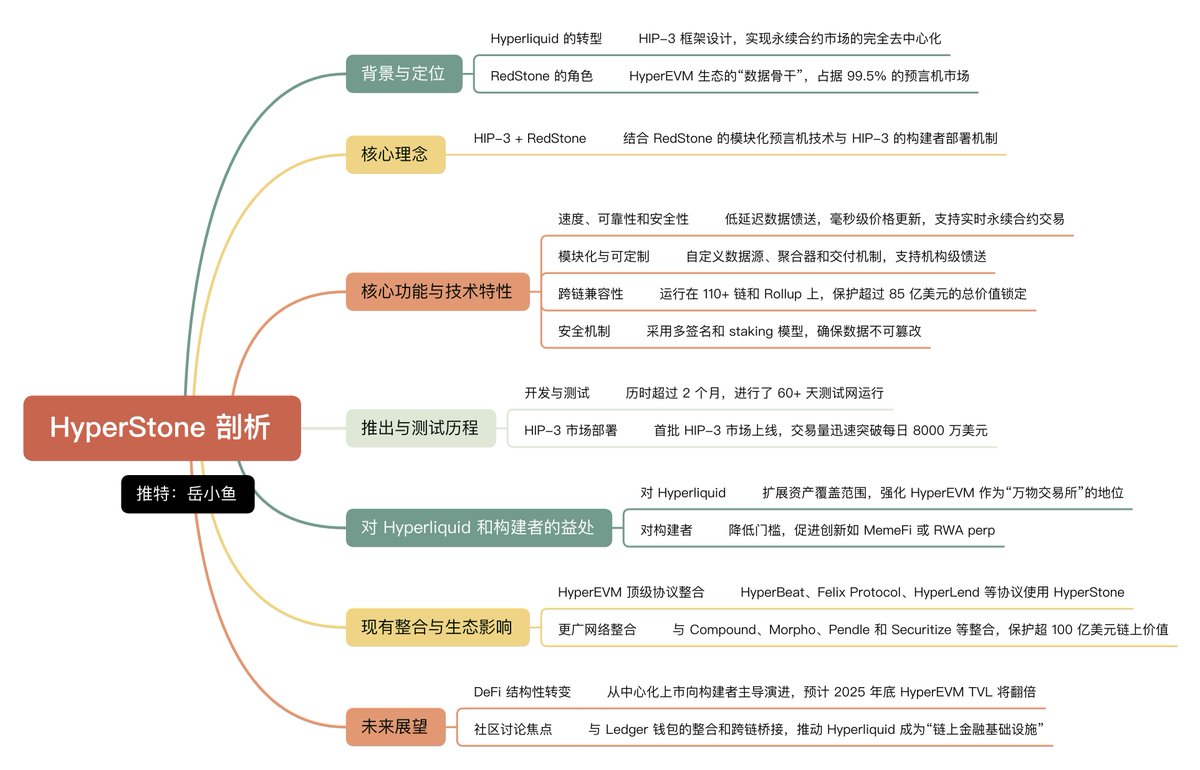- Sui Foundation has launched USDsui, a new native stablecoin leveraging Bridge’s Open Issuance platform, to support the growth of its on-chain economy.
- The framework meets the requirements of the GENIUS Act, signed into law by President Donald Trump to establish the first federal rules for stablecoins.
On November 12, the Sui Foundation announced the launch of USDsui, a native stablecoin issued on Sui through Bridge’s Open Issuance platform. Unlike bridged versions of existing stablecoins, USDsui is purpose-built for Sui, leveraging Bridge’s enterprise-grade infrastructure to deliver a fully integrated and scalable on-chain asset.
USDsui introduces several key advantages to the ecosystem. Its interoperability will allow seamless integration across wallets, DeFi protocols, and applications within Sui, while also maintaining compatibility with other stablecoins issued via Bridge, on platforms such as MetaMask, Phantom, and Hyperliquid.
In terms of performance and scalability, USDsui benefits from Sui’s unique object-based data model, which enables parallel transaction processing. Also, the network’s consensus mechanism , which is based on Narwhal and Bullshark, enables near-instant finality.
From an economic perspective, the introduction of USDsui represents a move toward greater value capture within Sui. Between August and September 2025 alone, Sui processed over $412 billion in stablecoin transfer volume, most of which flowed through external assets like USDC and USDT.
The Role of Bridge & Stripe
Stripe, founded by brothers Patrick and John Collison, is a global payments and fintech leader known for its payment processing tools, merchant infrastructure, and developer SDKs.
After reintroducing crypto payment options in April 2024, Stripe acquired Bridge, a two-year-old stablecoin infrastructure company, in February 2025 for approximately $1.1 billion, following reports of negotiations that began in late 2024.
Later, Bridge’s Open Issuance platform was launched on September 30. The platform enables networks like Sui to issue their own native stablecoins with enterprise-grade compliance, interoperability, and access to a shared liquidity network that allows one-to-one swaps between stablecoins built on the platform.
By combining Bridge’s infrastructure with Stripe’s merchant network, stablecoin issuance can now be embedded into real-world payment flows, merchant acceptance, and on- and off-ramps across regions such as Southeast Asia, China, India, Japan, the Czech Republic, Romania, and Bulgaria.
Zach Abrams, co-founder and CEO of Bridge, stated:
Open Issuance eliminates the usual complexity and extended timelines associated with stablecoin deployment. It’s designed exactly to enable platforms like Sui to launch their own stablecoins quickly and efficiently, and we’re excited to see what developers will build on top of USDsui,
Many Layer 1 blockchain networks are increasingly launching their own native stablecoins to reduce reliance on external tokens such as USDC and Tether (USDT) while strengthening their ecosystem identity and economic sovereignty.
In line with this, CNF highlighted that digital asset treasury company Sui Group (SUIG) is preparing an expansion within the Sui Network through the introduction of two new stablecoins: suiUSDe, a synthetic yield-bearing stablecoin, and USDi, a non-yielding counterpart designed for transactional stability.
This dual-stablecoin strategy, developed in partnership with Ethena Labs and backed by the Sui Foundation, is slated for launch before the end of 2025. Complementing these developments, Beep, Sui’s first agentic wallet and finance protocol, recently entered open beta with Sui as its exclusive blockchain partner.
At the time of reporting, the SUI token was trading around $2.03, up 1.87% over the past seven days and down 27% over the past month. It currently has a market capitalization of $7 billion, with its trading volume reaching approximately $806 million.




